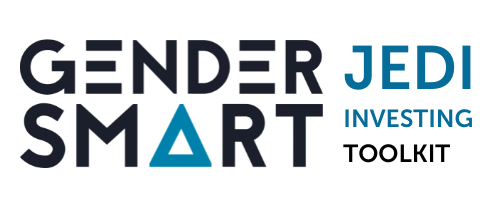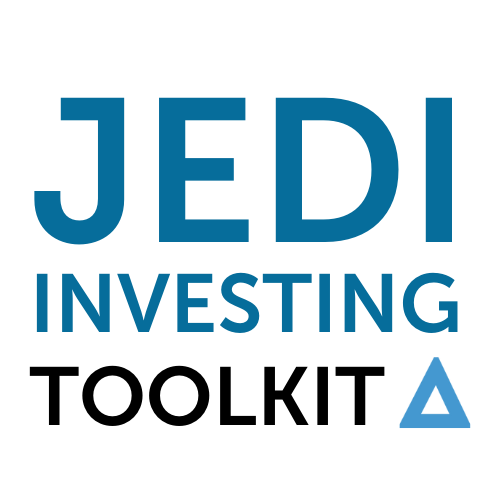Measurement Indicators and Frameworks
Because JEDI investing can take on so many different guises, depending on one’s asset class, motivation (impact versus mainstream), investment strategy, or fiduciary obligations, there is no one-size-fits-all JEDI framework or methodology.
While more specific indicators and success metrics would be helpful in the future, at this stage we acknowledge that the complexity of these concepts makes this impossible. Finally, as with all measurement, continued rigour and attention needs to be paid not only to the design of indicators, but the way questions are asked, how data is collected, and other underlying dynamics.
Here is a snapshot of some frameworks and types of indicators to get investors started on their JEDI data measurement and management journey. This is living content and as indicators get further refined, new ones get constructed and adoption becomes more widespread, this set of measurement tools will continue to be expanded.
Justice
Percentage of assets under management (AUM) distributed to communities of people historically marginalised due to race and/or ethnicity (IRIS+ racial equity theme)
Percentage of AUM by the organisation that are invested with fund managers from groups historically marginalised due to race and/or ethnicity. (IRIS+ racial equity theme)
# of reported incidents around workplace harassment and bullying (Equality and Human Rights framework)
Vulnerability: Workers operating in the informal economy and earning less than minimum wage.
Job creation impacting between 100 and 500 vulnerable individuals
Equity
Workplace equity (covers hiring, retention, pay, mobility etc)
% of exit interviews/job reviews mentioning inclusivity as issue/strength*
% of senior management bonus linked to inclusion measures*
See more practical guidelines in this framework on improving the measurement of inclusion across the financial services sector
Gender wage equity
Fair career advancement policies
Number and percent of investor organisation staff members/ investment committee who identify as members of historically marginalised groups due to race and/or ethnicity (IRIS+ racial equity theme)
Diversity
Number and proportion of founders, or board of directors or other governing body members who belong to minority or previously excluded groups;
Percentage of employees who belong to minority or previously excluded groups;
Read more in this guide on improving the measurement of inclusion across the financial services sector
Number and percent of entrepreneurs (or fund managers) in pipeline from groups historically marginalised due to race and/or ethnicity (IRIS+ racial equity theme)
Inclusion
Grounded in social impact, this Rockefeller research defines inclusive economies as those that “expand opportunities for more broadly shared prosperity, especially for those facing the greatest barriers to advancing their well-being”. It identifies five critical characteristics: equitable, participatory, growing, sustainable, and stable. Indicators include:
Education sector: Percentage of students with higher educational attainment than their parents (disaggregated by gender, race)
Equitable wealth: Ratio of income/consumption of highest to lowest quintile, highlighting the extent of inequality between income classes (disaggregated by gender, race)
Percentage of informal workers
Also focused on impact, social inclusion and justice, this Transform Finance research outlines indicators around : i) job access and quality, ii) availability of funds for an emergency, iii) health outcomes, iv) access to good and affordable education, degree of career growth and many others
Related Resources
GIIN's IRIS+ Racial Equity theme consists of three Strategic Goals:
Shifting Power by Addressing Racial Bias and Ensuring Equitable Representation and Decision-Making;
Shifting the Perception of Risk through Equitable Deal Sourcing, Due Diligence, and Terms;
Increasing Inclusive Capital to Create Equitable Outcomes for Communities of Color (Justice)
These goals have been designed to apply to the full spectrum of investors, and support the intentional integration of racial equity awareness and action in their investment strategies, portfolio decisions, and evaluation of their return on investment.
Gender-focused frameworks where a JEDI lens can be integrated
Engineers without Border scorecard with GLI scoring (bronze, silver, gold)
Foundational gender lens investing frameworks, to then layer on a JEDI lens
2X & IRIS+, Women’s Empowerment Principles Gender Gap Analysis Tool, Equileap scorecard, SEAF scorecard

